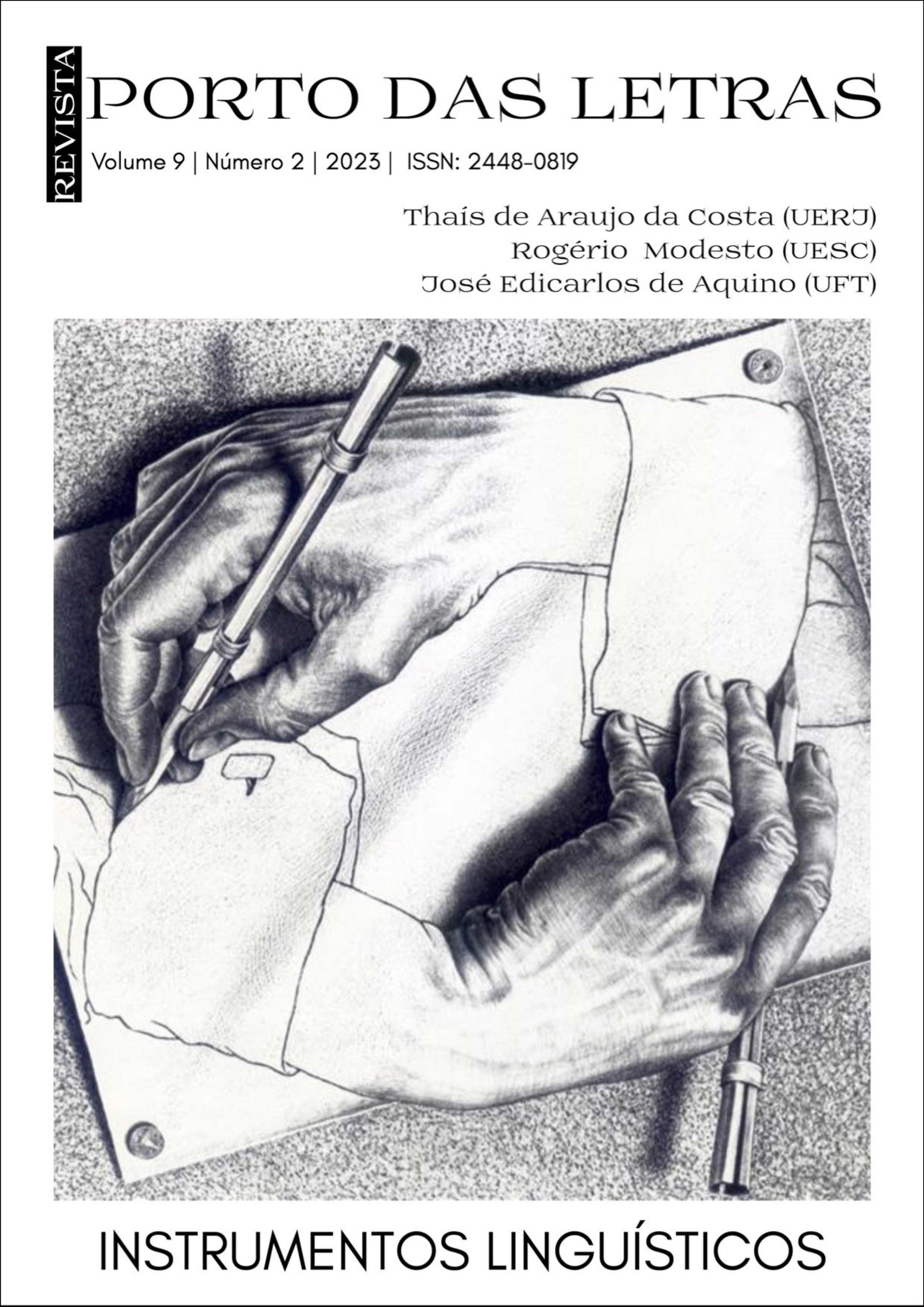LISTS AND TABLES AS LINGUISTIC TOOLS: DOUBLE PARTICIPLES IN SPANISH GRAMMARS (1743-1854)
Abstract
This survey examines the use of tables, and to a lesser extent lists, for the treatment of double participles in a representative textual series of Spanish grammars over more than a century (Martínez Gómez Gayoso 1743 – RAE 1854). Lists and tables are regarded from the perspective of the history of linguistic ideas as linguistic tools that extend the speaker's knowledge. They allow organizing, formalizing, manipulating and learning linguistic data. The study is divided into two main parts. The first part presents the grammatization of irregular participles, and more particularly the question of the double participles, one regular and the other irregular, of some verbs. It shows the role played by the tables in the treatment of this linguistic phenomenon and its historical dimension, insofar as the model of the grammars of the Real Academia de la Lengua influences Spanish grammar. In the second part, the characteristics of lists and tables, their functioning in the selected textual series and the way they shape the way of conceiving the studied phenomenon are analyzed.
References
Nada que señalar
Downloads
Published
How to Cite
Issue
Section
License
Os autores concordam com os termos da Declaração de Direito Autoral, que se aplicará a esta submissão caso seja publicada nesta revista (comentários ao editor podem ser incluídos a seguir).

